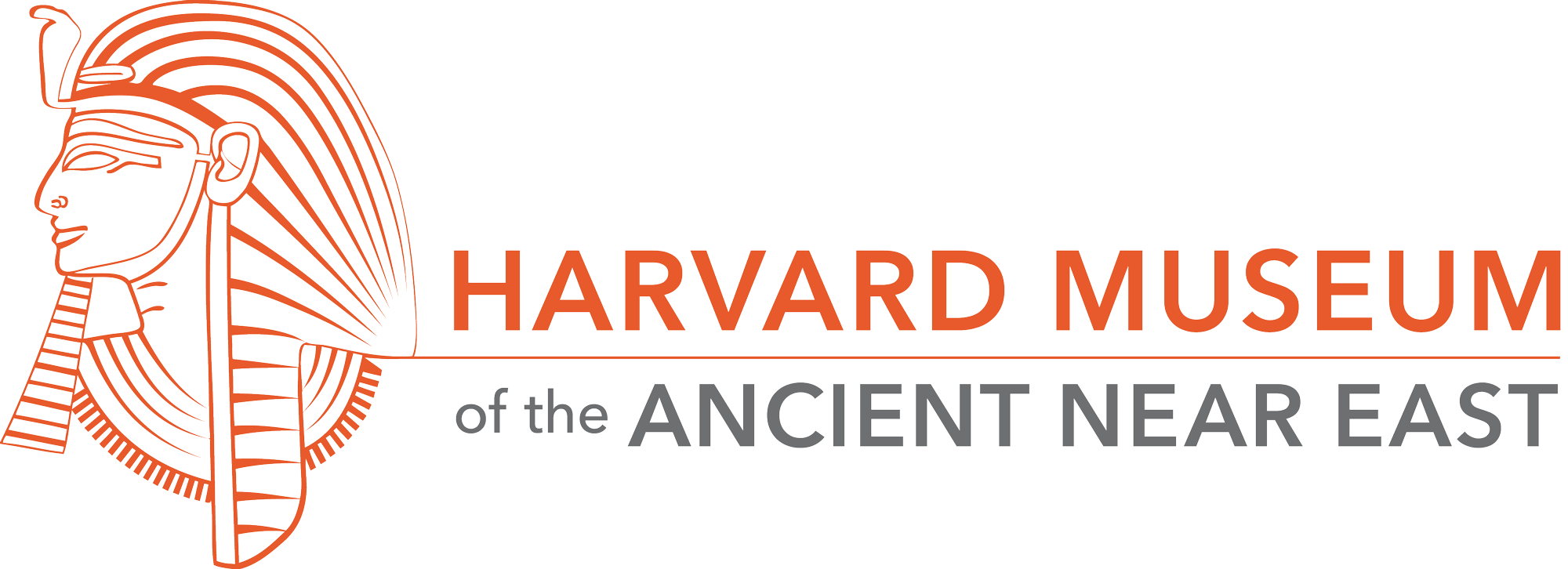These online resources may enhance your unit on Mesopotamia. They are selected to support the Harvard Museum of the Ancient Near East Skype virtual field trip program, Mesopotamian Monuments. The program focuses on a selection of painted plaster casts made from the originals which represent the following cities and empires:
Sumer: Two statues of Gudea (2100 BC)
Babylon: Laws of Hammurabi (1792–1750 BC)
Assyria: Ashurnasirpal II (883–859 BC)
Shalmeneser III (858–824 BC)
Esharhaddon (680–669 BC)
To learn about how the replicas were made, visit the video From Stone to Silicone: Technologies for Scholarship (6:28 min.) The process begins at minute 2:03.
All Mesopotamia
Teaching the Middle East: A Resource for Educators
This site has 18 learning modules on the Middle East with resources written by many of the best scholars of Middle Eastern studies. It was created in partnership with the National Endowment for the Humanities and three University of Chicago units, the Oriental Institute, the Center for Middle Eastern Studies, and the eCUIP Digital Library Project.
Compare the differences and find the similarities in the roles of rulers in ancient Mesopotamia and Egypt.
Investigate identity in ancient Mesopotamia with essays on ethnicity, religion,language, and women.
Mesopotamia 8000–2000 BC
The Metropolitan Museum of Art’s Heilbrunn Timeline of Art History pairs essays and lists of key events with up to ten works of art per region, telling the story of global culture through the museum’s collection. Check out the sidebars to see a list of Mesopotamian rulers, and all art and all essays related to Mesopotamia.
Mesopotamia-The British Museum
The British Museum’s Mesopotamia website uses art to address topics relevant to the Sumerian, Babylonian, and Assyrian civilizations. In addition to a narrative “story” function, there are “explore” functions that allow students to click on floor plans or details within artifacts to get more information and fun “challenge activities” that allow students to practice historical, analytical, mathematical, or observational skills.
Assyria
Digital Reconstruction of the Northwest Palace, Nimrud, Assyria
This video made by the Metropolitan Museum of Art reconstructs the Northwest Palace of Ashurnasirpal II at Nimrud (near modern Mosul in northern Iraq) as it would have appeared during his reign in the ninth century BC. The video moves from the outer courtyards of the palace into the throne room and beyond into more private spaces, perhaps used for rituals.
Ashurbanipal Hunting Lions
A Khan Academy video (5:53 min) describing the story and symbolism of the lion hunt reliefs in the North Palace of Ninevah. Excited narration by Dr. Steven Zucker and Dr. Beth Harris.
Babylonia
Babylon Mini Site
Beautiful images and somewhat dense text from a 2008 exhibition starts with the founding of this ancient city and describe key rulers and major dynasties ending with the 19th century. Advance through the site by using the headings under the “exhibition” tab.
The Code of Hammurabi
Housed in the Louvre Museum in France, the original statue of Hammurabi’s code was used to make the replica of the one that students will view during Monuments of Mesopotamia. See close-up photos and read more in-depth information about the content of the codex. You can even see a direct translation of the lines of cuneiform.
Sumer
Mesopotamia from Nomads to Farmers
This 15-minute movie with animations is about a young girl writing about her life in Sumer. Gudea makes a visual appearance at 11:36. There is a Teacher Guide and lesson plan at the Discovery Education site.
3D Models from the Harvard Museum of the Ancient Near East: Cuneiform Tablet
The Harvard Museum of the Ancient Near East has created 3D models of some of their Mesopotamian artifacts. Use the full screen feature to look closely at the Akkadian cuneiform tablet (ca. 2000 BC). It was excavated in the 1930s from the ancient city of Nuzi in present-day Mosul, Iraq. When you’re done, check out the other 3D models on the site, including a statue head of Gudea.
